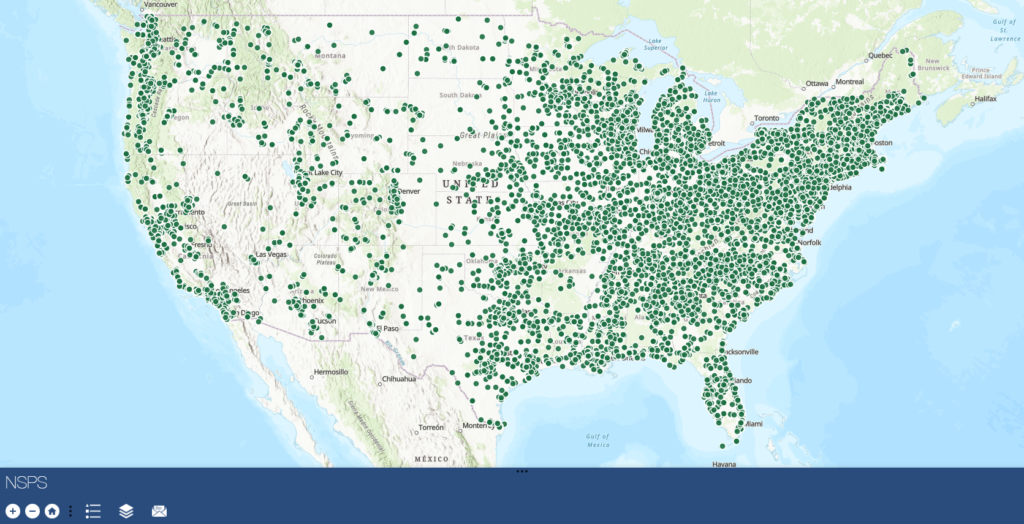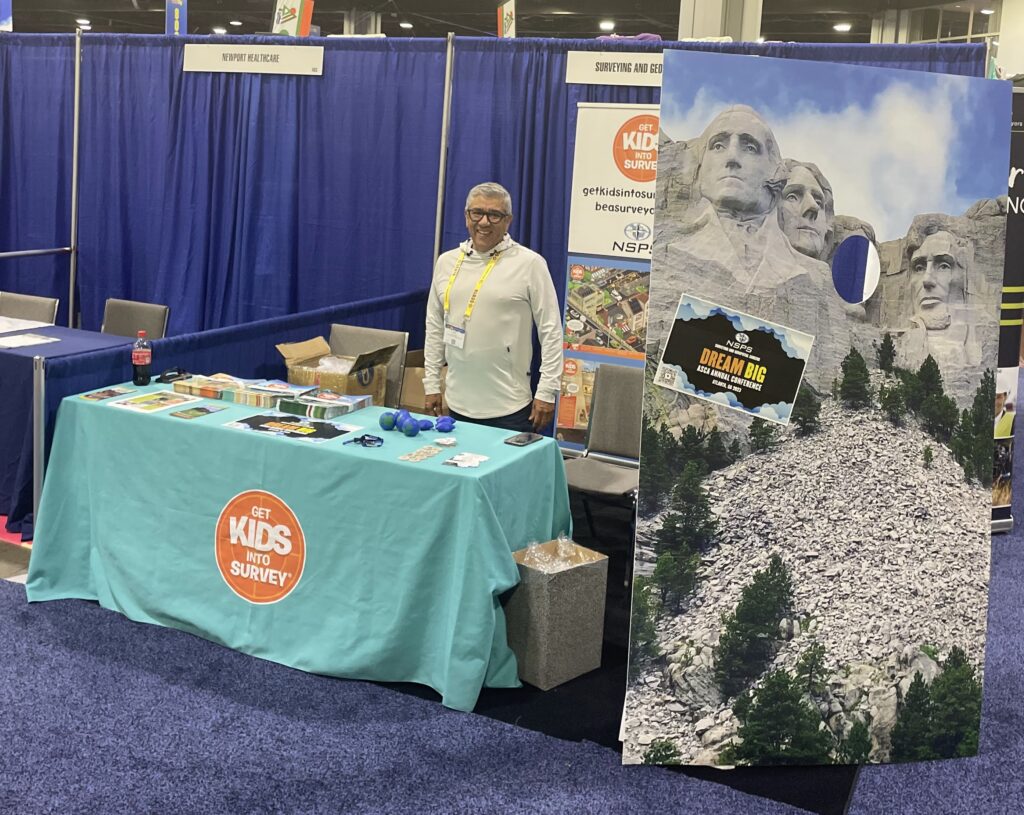Surveyor’s Corner: An exercise in public relations
By Tim W. Burch
We live in an age where everything is expected to be instantaneous and have our needs met within our short attention span of self-gratification. Because of technological advances borne from measuring and positioning systems surveyors use every day, the world around us has brought literally everything to our fingertips.
Groceries and household goods? Instacart. Takeout food? DoorDash. Need a ride? Uber. Handyman services? Angi. Everything else? Amazon. All these companies/apps share a common bond of location-based services, and they put the power of summoning them to your door within the confines of your cellphone.
The lack of flying cars aside, have we truly reached the age where civilization looks like “The Jetsons” cartoon from the early 1960s? (The show is supposed to take place in 2062, so flying cars could still happen.)
The advancement of technology has placed an expectation of nearly every service into one’s immediate availability and need, with an added twist of non-personal communication as the conduit for establishing your service request.
So, other than the location-based information, what does this have to do with professional surveying? Everything, so let’s dive a bit deeper into today’s business environment.
Problems we face
Here at the National Society of Professional Surveyors (NSPS), we constantly field calls, emails, and social media messages from potential surveying clients who think we are going to put them in touch with someone to serve their needs. The general context of the message goes like this:
- I only need a “simple” land survey.
- Why do I need the survey anyway?
- Most surveyors will not answer a phone call or return email,
- If they do, the time frames are “outrageous” (four weeks to six months).
- The fees are ridiculous and many times what my attorney/realtor says they should be.
- Is there any way I can do this myself?
Before diving into what the typical NSPS staff rebuttal is to these requests, let’s examine a few other professional services and businesses for reference to our situation. When is the last time you have cold called a personal service provider (doctor/dentist/optometrist/attorney) to inquire about an appointment? Do they return calls and/or emails about your inquiry?
 If you are fortunate enough to have them pick up the call, what are their timeframes? Do you get a range of fees? How do you know if the fees are competitive? Same goes for an architect or engineer; how do you evaluate their cost estimates and lead times?
If you are fortunate enough to have them pick up the call, what are their timeframes? Do you get a range of fees? How do you know if the fees are competitive? Same goes for an architect or engineer; how do you evaluate their cost estimates and lead times?
How about a contractor for a non-emergency service or project? If they give you a reasonable timeframe, how do evaluate their cost estimates for your project? They might not have professional licenses or certifications, but they do perform a service that involves significant cost and coordinated timeframes.
The simple answer is the public does not place the professional surveyor in the same high standing as these services. Each of these professions are seen through the eyes of the public as professionals, whereas the professional surveyor is still seen as a tradesman who performs a menial service typically required by necessity.
The common ground
What do all these professional and construction services have in common? They all lack the necessary number of workers to meet the demands of the public, who have become accustomed to instantaneous response and satisfaction, all at reasonable pricing. In many places throughout the U.S., the scarcity of a professional surveyor is obvious (see map).
The surveying profession has also been afflicted with several factors that has set it back for decades:
- Surveying practitioners who have provided their services with low profit margins, keeping the normal standard of price expectancy below the actual value of the service rendered.
- Opinions of survey pricing provided by attorneys and real estate agents to prospective clients that establish an artificially low value of our services.
- Lack of professionalism by the surveyor in conducting their services.

Surveyors should participate in career fairs and events to connect with potential students and employees.
Another factor that has influenced (and lowered) the importance of the professional surveyor is the decreased cost for purchasing equipment and software for performing survey-related tasks. This situation has led to expanded usage of GNSS through handheld devices and cellphone technology by non-surveyors. The public’s perception is that anyone can find property markers with a low-cost metal detector in conjunction with publicly available GIS information to perform their “survey,” so why pay a professional to do it?
Educating the public
Rather than continuing with the status quo of blindly turning our clients away with unexpected timeframes and costs, we need to build upon a forward-thinking strategy of educating them on the value of surveying by a professional. Here are several key strategies to consider when corresponding with our clients:
- Create a compelling narrative: Develop a story that highlights the value and impact of the profession.
- Understand their needs:
- Why do they need a survey?
- What information are they seeking?
- What are their pain points?
- Interact with your audience: Respond to comments and messages promptly.
- Address misconceptions: Correct inaccurate information about the field.
- Consistent messaging: Ensure all communication aligns with the brand identity.
- Identify key demographics: Who needs to know about your profession? Students, job seekers, potential clients, or the public?
- Tailor your message: Create content and messaging that resonates with your target audience.
- Highlight success stories: Showcase the positive impact of the profession.
- Open houses: Invite the public to learn about the profession firsthand.
- Webinars and workshops: Offer online and in-person events to share knowledge about our profession.
- Collaborate with other professionals: Build partnerships within the industry.
- Offer mentorship opportunities: Connect experienced professionals with aspiring ones.
- Leverage employee advocacy: Encourage employees to share their experiences.
By increasing our communication with the public and helping them to understand the impact of surveying on the world around us, we can raise the professional profile of the surveyor. The goal of our practitioners should be to elevate the value and respect of the profession, but we must do our part to earn those characteristics from the public we serve. While the surveyor might not be seen as a potential lifesaver like a medical professional, the services we provide do directly affect how our clients interact and function in their daily lives. We simply need to become better storytellers of who we are and be greater advocates for our professional services.
There is an adage that states: “The best time to plant a tree was 20 years ago. The second best is now.” If we start planting those survey “trees” now, the sooner we can become the trusted profession the public needs us to be.
Tim W. Burch is executive director of the National Society of Professional Surveyors.

